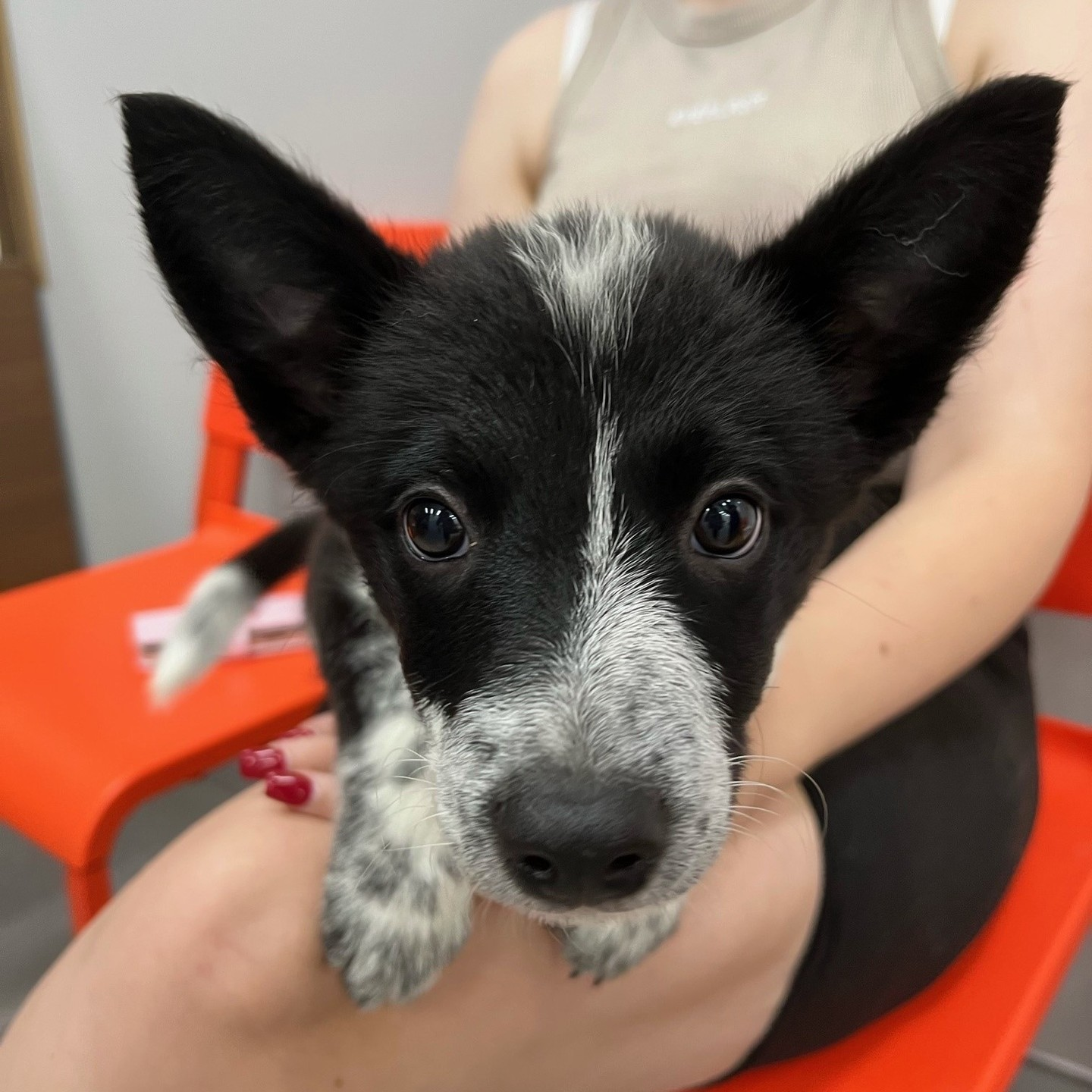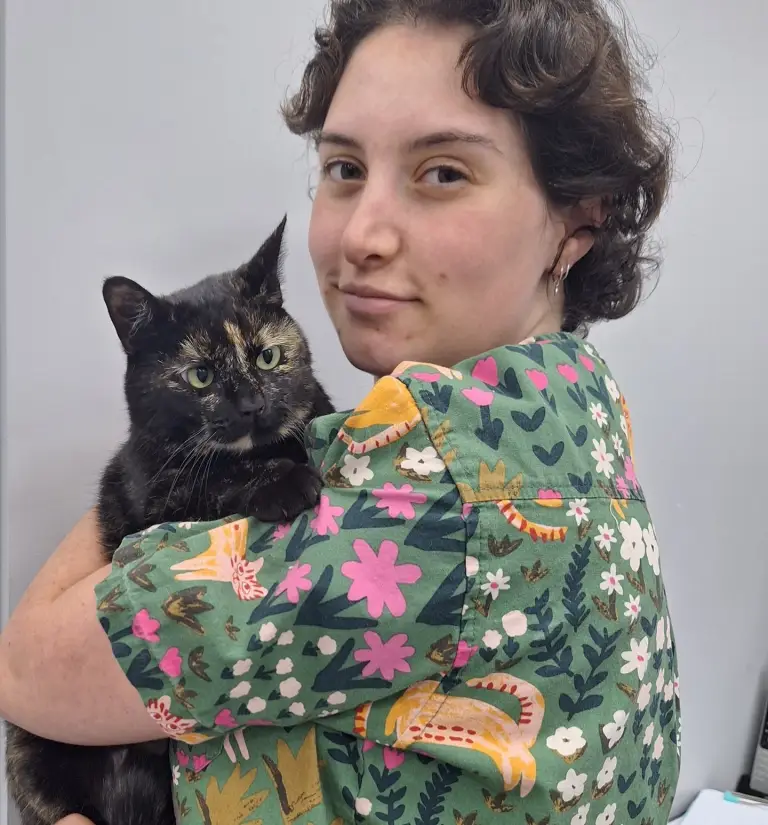Can Dogs See Color? Dogs are undoubtedly one of the most beloved and popular household pets all around the world. They have been domesticated for thousands of years, being a loyal companion to humans and proving their intelligence and abilities through various tasks such as herding, guarding, and even search and rescue operations.
However, there has always been a debate about whether dogs can see colour or not. Some believe that dogs only see in black and white while others argue that they can see certain colours but not as vividly as humans. In this article, we will dive deeper into this topic and explore what science has to say about it.
What is Color Vision
Colour vision is the ability to perceive and differentiate between different colours. It is a complex process that involves the functioning of various parts of the eye, including the cornea, lens, retina, and optic nerve. The human eye has specialised cells called cones that are responsible for colour perception. There are three types of cones that respond to red, green, and blue light respectively.
When all three types of cones are stimulated at the same time, they create a wide spectrum of colours that we can see. However, if one or more types of cones are missing or not functioning properly, it can result in colour blindness.
Plus, the brain plays a crucial role in colour vision. It receives signals from the cones and processes them to create the perception of colour. Without proper communication between the eye and the brain, it is not possible to see colours accurately.
How Do Dogs See Colour
Contrary to popular belief, dogs are not completely colour blind. They do have some degree of colour vision, but it is not as advanced as humans. Dogs only have two types of cones – green and blue. This means that they cannot see the colour red, which falls on the opposite end of the spectrum.
So, while we see a wide range of colours such as red, orange, yellow, green, blue, indigo, and violet, dogs can only see shades of yellow and blue with some variations of grey. It is comparable to how a human with red-green dogs color blind would perceive colours.
One reason for this limited colour perception in dogs is their evolutionary history. Dogs evolved from wolves, who were primarily nocturnal hunters and relied on their sense of smell rather than vision. As a result, colour vision was not as crucial for survival in the wild.
Do Dogs Prefer Certain Colours
Even though dogs cannot see all the colours that humans can, they are still attracted to certain colours over others. Studies have shown that dogs have a preference for blue and yellow hues. This could be because these colours stand out more to them due to their limited colour perception.
Additionally, dogs also seem to respond differently to different coloured objects. For example, they tend to be more excited when presented with a yellow toy compared to a red one. However, this could also be influenced by other factors such as shape and size rather than just colour.
Plus, it is important to note that dogs do not attach the same psychological meanings to colours as humans do. For us, red often symbolises danger or passion, while green represents nature and growth. Dogs do not have this cultural context and instead rely on other cues such as scent and body language for communication.
Is Colour Vision Important for Dogs
While colour vision may not be as important for dogs as it is for humans, it still plays a role in their daily lives. Dogs use their limited colour perception to differentiate between objects and identify potential threats or prey. For example, they can distinguish between a yellow tennis ball and green grass, making it easier for them to retrieve the ball.
Moreover, dogs also rely on their sense of smell and hearing more than vision when navigating their surroundings. This is why even completely blind dogs can still lead happy and fulfilling lives with proper training and support from their owners.
Additionally, colour vision can also impact the training and behaviour of dogs. For instance, red is often used in bullfighting to provoke bulls due to their aggressive response to the colour. Similarly, certain colours may trigger a fearful or anxious reaction in dogs, making it important for owners to be aware of their dog’s individual preferences.
How to Know if Your Dog Has Colour Vision
Unfortunately, there is no surefire way to determine the extent of colour vision in dogs. While some studies have shown that certain breeds may have better colour perception than others, it ultimately depends on the individual dog and their genetics.
One way to test your dog’s colour vision is through a specialised test called the “canine spectral sensitivity test.” This involves training your dog to respond to different coloured lights by pressing a lever or touching a specific spot. However, this test is not widely available and may not be completely accurate.
Also, keep in mind that even if your dog has limited colour vision, they can still lead a happy and fulfilling life. Their other senses compensate for this difference, and it does not affect their ability to bond with humans or perform various tasks.
Why Visit A Vet
If you are still curious about your dog’s colour vision, it is always best to consult with a veterinarian. They can perform various tests and examine your dog’s eyesight to determine the extent of their colour perception.
Moreover, regular check-ups with a vet are essential for maintaining your dog’s overall health and well-being. They can also detect any potential issues or diseases that may affect their vision and provide proper treatment.
Also, if you notice any changes in your dog’s behaviour or vision, it is crucial to seek veterinary care immediately. It could be a sign of an underlying health issue that needs to be addressed as soon as possible.
Plus, regular check-ups and consultations with a vet build a strong relationship between you and your dog’s healthcare provider. This allows for better communication and understanding of your dog’s unique needs, ensuring that they receive the best possible care.
Also, keep in mind that just like humans, dogs can develop visual impairments or conditions such as cataracts and glaucoma. These can be diagnosed and treated by a vet to improve your dog’s quality of life.
Does Your Dog See the World in Black and White

While it is commonly believed that dogs see the world in black and white, this is not entirely accurate. Dogs do have some degree of colour vision, but it is limited compared to humans. They can see shades of blue and yellow, with some variations of grey.
However, despite their limited colour perception, dogs use their other senses such as smell and hearing to navigate the world around them. This allows them to compensate for their differences in colour vision and still lead fulfilling lives.
Moreover, even though they may not see colours the same way we do, dogs are still attracted to certain colours more than others. Studies have shown that they prefer blue and yellow hues, which could be due to their evolutionary history as hunters.
Contact Blakehurst Vet For Your Dog’s Eye Care
Blakehurst Vet offers comprehensive eye care services for your furry best friend. Just like humans, pets can experience a range of eye conditions that require proper diagnosis and treatment. Our team is experienced in managing all types of eye issues, from simple infections to more complex diseases.
Our spacious and modern facility provides a safe and friendly environment for your pet’s eye care needs. We have state-of-the-art equipment and our doctors are well-versed in the latest techniques and treatments for various eye conditions. Whether it’s a routine check-up or an urgent matter, we are here to provide personalised care for your pet.
At Blakehurst Vet, we understand that prompt treatment is crucial when it comes to your pet’s health. That’s why we offer same-day appointments and give priority to urgent matters. You can trust us to take care of your pet’s eye issues promptly and effectively.
Contact us today at 9547 2750 or book an appointment online to schedule your pet’s eye care at Blakehurst Vet. Our team is here for you and your furry family member, providing the best possible care in a calming environment.
FAQs
Can dogs see color or are they color blind?
Dogs are not completely color blind but have a different color perception compared to human eyes. Most dogs experience what we might consider red-green color blindness, meaning they cannot distinguish between red and green hues as humans do. Their dog vision primarily detects varying shades of yellow and blue, which explains why yellow toys and blue ball are popular dog toys.
How does dog color vision compare to human vision?
While humans can see a wide range of colors, dogs’ color vision is more limited. Canine vision is similar to a human with blue-yellow color blindness, meaning they can see blues and yellows but struggle to perceive red and green. This is because dog’s vision relies on two types of color receptors, whereas human eyes have three, allowing us to see the full color spectrum in the same range.
Are there any benefits to a dog’s vision in low light?
Yes, dogs have an advantage in low light conditions. Canine vision is designed to be exceptionally sensitive in low light, which helps them during dawn, dusk, or in poorly lit environments. This is due to the structure of their eyes, which allows more light to reach the photoreceptors and enhances their ability to see in dim conditions, unlike the light blue or dark blue shades that can blend into the darkness for most dogs.
How does the color vision of dogs affect their interaction with dog toys?
The color vision of dogs influences how they interact with dog toys. Since dogs can see blue and yellow more vividly, dog toys in these colors are more appealing to them. This is why you might notice that many dog toys are either bright yellow or various shades of blue, as these are within the range of colors that dogs can see best.
Conclusion
In conclusion, while dogs may not see the world in the same colours as humans do, they are still able to navigate and enjoy their surroundings with their other senses. Understanding your dog’s colour vision can help you better understand their behaviour and preferences, but it is ultimately their overall health and well-being that should be a priority.
If you have any concerns about your dog’s eyesight or want to learn more about proper eye care for pets, don’t hesitate to consult with a veterinarian. With proper care and attention, your furry best friend can continue living a happy and fulfilling life regardless of their colour vision abilities. So love them unconditionally, no matter how they see the world!

